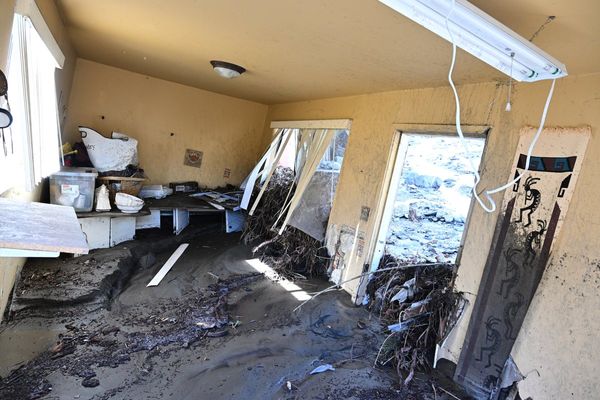
The 1950s felt like a simpler, more carefree era, but some items from that decade would land you in serious hot water today. From deadly home materials to dangerous gadgets, many objects once commonplace are now banned or heavily restricted. Knowing what’s illegal, or wisely phased out, can protect your health, your home, and your wallet. Here’s a look at seven surprising things once normal in the 1950s that you can no longer own or do.
1. Asbestos-Infused Household Goods
Back in the 1950s, asbestos was celebrated as a miracle material, used in everything from oven mitts and hair dryers to insulation and brake pads. Over decades, we learned that even small fibers cause incurable lung disease, including mesothelioma. Today, virtually all uses of asbestos in new consumer goods are banned across the developed world. While the U.S. still allows limited use, products like flooring felt, roofing felt, specialty paper, and new asbestos wrappings are prohibited. Long story short: asbestos components you’d find in a 1950s home are mostly outlawed now.
2. Switchblade Knives
During the 1950s, switchblade knives became a cultural symbol of teenage rebellion… so much so that Congress passed the Switchblade Knife Act in 1958. That law prohibits the manufacturing, importation, sale, and possession of switchblades across state lines or on federal land. Even today, many states still ban these knives outright. Owning one from that era or buying a new switchblade could land you in legal trouble. Who knew a “fad tool” could turn into years behind bars?
3. Child Labor on School-Age Children
In the 1950s, it wasn’t unusual for school-age kids to help on the family farm or hang out in factories after school to earn extra cash. Sadly, that could mean dangerous exposure to machinery or agricultural chemicals. Now, child labor laws prohibit such employment for minors, especially in hazardous industries, ensuring kids go to school instead of work. How times have changed: what was once helpful income is now illegal exploitation.
4. Smoking in Public Spaces
In mid-century America, smoking was everywhere: schools, hospitals, even airplanes. Doctors lit up in offices; people puffed away during surgery wait times. These days, smoking is banned in virtually all indoor public areas and for good reason: secondhand smoke is a proven health hazard. Today’s restrictions make public smoking nearly impossible and throw those carefree memories into sharp relief.
5. Drinking and Driving With No Penalty
In the 1950s, it was common and legal to have a drink or two before driving without consequence. DUI laws were weak or non-existent, and social norms didn’t condemn it. Now, even a slight impairment can lead to serious legal penalties, including fines, jail time, and license loss. The shift shows how seriously we’ve taken traffic safety and how backward old norms seem in hindsight.
6. Ignoring Hazardous Toys and Gadgets
Remember backyard atomic energy labs, belt-buckle toy guns, or toys with dangerous chemicals? In the 1950s, kids played with these as “educational” or fun experiments. Fast forward to today: regulators banned or restricted those unsafe toys and kits, prioritizing safety over thrills. Letting children play with real radioactive materials or hidden bladed toys is now a no-go.
7. Curling Up in Lead-Painted Rooms
Lead-based paint was used regularly in 1950s homes, and it wasn’t banned until 1978. Until then, households were unknowingly exposed to toxic lead that can impair children’s development and cause long-term health problems. Today, not only is it illegal to apply lead paint in homes, but homeowners are encouraged to test and remove old lead layers. That nostalgic pastel paint look? Now a serious hazard.
Old Habits vs. Modern Laws
Looking back at what used to be legal, or considered harmless, highlights how much our understanding of safety, health, and ethics has evolved. What seemed normal in the 1950s now seems reckless, sometimes deadly. These changes remind us that laws often come after years of learning and tragedy. The real takeaway? Question what’s around you and stay informed because what’s legal today may be considered dangerous or illegal tomorrow.
Did your parents or grandparents keep something from the ’50s that wouldn’t fly today? Share your wildest “old-school relic” story in the comments!
What to Read Next…
- 8 Car Features That Are Illegal in Some States
- 5 Things That Are Illegal to Burn In Your Backyard (But People Still Do)
- 10 Items Sitting in Your Home That Could Be Against the Law
- 8 Home Tools That Could Be Illegal to Use in Your State
- 10 Tax Write-Offs People Are Still Claiming Illegally
The post 7 Things From the 1950s That Are Now Illegal appeared first on Clever Dude Personal Finance & Money.







